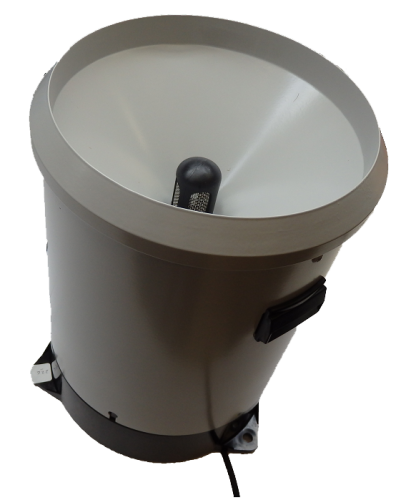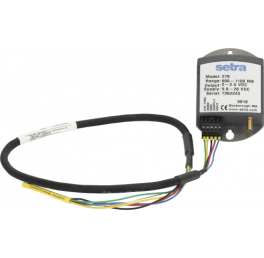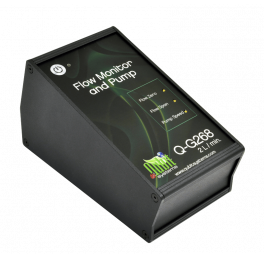
The CS701-L funnels precipitation into a bucket mechanism that tips when filled to its calibrated level. Each tip is marked by a dual reed switch closure that is recorded by a datalogger pulse count channel. After the measurement, the water drains through two orifices (accepts 12 mm tubing) in the base, allowing the measured water to be collected in a separate container.
The CS701-L contains an internal siphon mechanism that causes rain to flow at a steady rate to the tipping bucket mechanism (regardless of intensity). The siphon allows the sensor to make accurate measurements over a range of 0 to 700 mm per hour.
Benefits and Features
- World standard 200mm diameter catch
- Accuracy not affected by rainfall intensity
- Long term stable calibration
- Minimal maintenance required
- Used world-wide in a range of hostile environments
The CS701-L is recognised as the world standard for measuring rainfall and precipitation in remote and unattended locations. With a synthetic ceramic coated brass bucket and a plastic base. The integrated syphon mechanism delivers high levels of accuracy across a broad range of rainfall intensities. It measures precipitation in 0.2 mm increments. The CS701 is ideal for locations where intense rainfall events may occur. This tipping bucket is compatible with all Campbell Scientific dataloggers, and is used in environmental monitoring applications.
- CS701-L HS Rain Gauge (Plastic Base) Tipping increments of 0.01”, 0.2mm and 0.5mm
- Sturdy ABB plastic base and aluminium bucket
- Siphoning mechanism minimises typical rain bucket errors
- CM100 Mounting/Levelling Base recommended
- Leaf filter resists blocking
| Sensor Type | Tipping bucket with siphon |
| Accuracy | ±2% @ 0 to 250 mm/hr; ±3% @ 250 to 500 mm/hr; |
| Resolution | 0.2 mm |
| Measurement Range | 0 to 700 mm/hr |
| Temperature Range | -20° to 70°C |
| Humidity | 0 to 100% |
| Orifice Diameter | 20 cm |
| Drain Tube Size | Both filters accept 12 mm inner diameter tubing |
| Cable | Two-conductor shielded |






